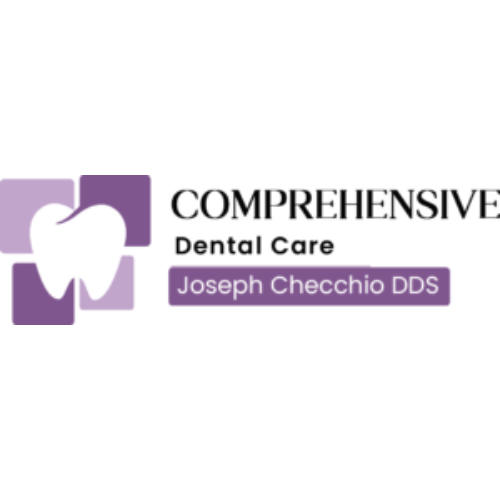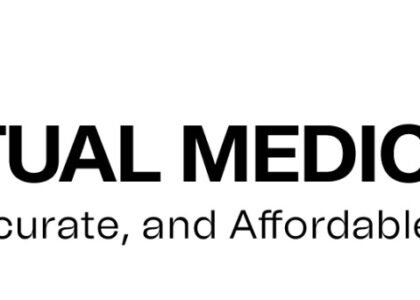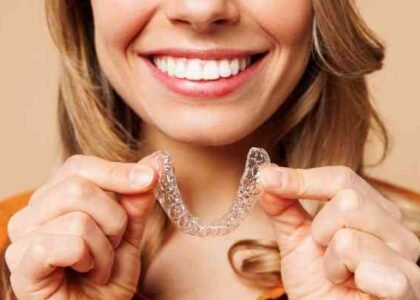Regular dental exams and cleanings are essential for maintaining optimal oral health, but many people delay these important visits due to cost concerns. Understanding dental exam and cleaning costs can help you budget effectively and make informed decisions about your oral healthcare.
This comprehensive guide breaks down the typical costs of dental exams and cleanings, explores insurance coverage options, and explains why these routine visits are crucial investments in your long-term health and financial wellbeing.
Average Dental Exam and Cleaning Costs Without Insurance
The cost of dental care varies significantly based on your location, the complexity of your needs, and the dental practice you choose. Here’s what you can expect to pay for common dental services without insurance coverage:
Basic Dental Exam and Cleaning
A standard dental exam combined with a routine cleaning typically ranges from $150 to $250. This basic service includes a thorough examination of your teeth and gums, professional cleaning to remove plaque and tartar, and teeth polishing.
Comprehensive Exam with X-rays and Cleaning
When X-rays are necessary—especially for new patients or those who haven’t had imaging in over a year—the total cost increases to $200 to $350. Digital X-rays provide dentists with detailed images of your teeth and jaw structure, allowing them to detect issues that aren’t visible during a visual examination.
Deep Cleaning Per Quadrant
Patients with gum disease may require deep cleaning, also known as scaling and root planing. This more intensive procedure costs $100 to $300 per quadrant of your mouth. Since most mouths are divided into four quadrants, a full deep cleaning can range from $400 to $1,200.
Fluoride Treatment
As an add-on service, fluoride treatments typically cost $20 to $50. These treatments help strengthen tooth enamel and prevent cavities, making them particularly valuable for patients at higher risk of decay.
First-Time Visit Costs
New patient visits often involve more comprehensive examinations and may include additional services like full-mouth X-rays or detailed medical history reviews. Expect to pay $200 to $400 for your initial visit, depending on the specific services provided.
How Insurance Affects Dental Exam and Cleaning Costs
Dental insurance can significantly reduce your out-of-pocket expenses for routine care. Most dental insurance plans emphasize preventive care, recognizing that regular cleanings and exams help prevent more expensive procedures later.
Typical Insurance Coverage
- Basic exams and cleanings: Often covered at 100% with no deductible
- X-rays: Usually covered at 80-100%, depending on frequency and type
- Deep cleanings: Typically covered at 50-80% after deductible
- Fluoride treatments: Often fully covered for children under 18
Out-of-Pocket Costs with Insurance
With insurance coverage, your costs for routine dental care may be:
- Standard cleaning and exam: $0 to $50
- Cleaning with X-rays: $0 to $50
- Deep cleaning per quadrant: $25 to $100
- New patient visit: $0 to $100
The Benefits of Regular Dental Visits
Understanding the value of routine dental care helps put costs into perspective. Regular dental exams and cleanings provide numerous benefits that extend far beyond maintaining a bright smile.
Early Detection of Oral Health Issues
Dentists can identify problems in their earliest stages, when treatment is less invasive and more affordable. Small cavities detected early can be treated with simple fillings, while undetected decay may eventually require root canals or tooth extraction.
Prevention of Cavities and Gum Disease
Professional cleanings remove plaque and tartar buildup that regular brushing and flossing can’t eliminate. This thorough cleaning prevents the bacterial growth that leads to cavities and gum disease.
Gum disease, if left untreated, can progress from mild gingivitis to severe periodontitis, potentially resulting in tooth loss and requiring expensive treatments like dental implants or dentures.
Comprehensive Oral Cancer Screening
During routine exams, dentists perform oral cancer screenings, checking for unusual growths, discoloration, or other abnormalities in your mouth, throat, and neck. Early detection of oral cancer significantly improves treatment outcomes and survival rates.
Avoiding Expensive Procedures
Regular preventive care helps you avoid costly dental procedures down the road. Consider these potential costs:
- Root canal therapy: $800 to $1,500 per tooth
- Dental crowns: $800 to $2,000 per tooth
- Dental implants: $1,000 to $3,000 per tooth
- Periodontal surgery: $1,000 to $8,000 depending on complexity
Investing $150 to $250 twice yearly in preventive care can help you avoid these significant expenses.
Overall Health Benefits
Research shows strong connections between oral health and overall health. Poor oral hygiene and untreated dental problems are linked to:
- Heart disease
- Diabetes complications
- Respiratory infections
- Pregnancy complications
Regular dental visits contribute to your overall health and wellbeing, potentially reducing medical costs in other areas.
What to Expect During Your Dental Exam and Cleaning
Understanding what happens during your appointment can help you feel more comfortable and appreciate the value of the services provided.
Comprehensive Examination
Your dentist will thoroughly examine your teeth, gums, and mouth, looking for signs of decay, gum disease, and other oral health issues. They’ll check existing fillings, crowns, and other dental work for signs of wear or damage.
Professional Cleaning
A dental hygienist will use specialized tools to remove plaque and tartar from your teeth, including areas that are difficult to reach with regular brushing and flossing. After cleaning, your teeth will be polished to remove surface stains and create a smooth surface that resists plaque buildup.
X-rays When Necessary
Digital X-rays may be taken to provide a complete picture of your oral health. These images help detect problems between teeth, below the gum line, and in the jaw bone that aren’t visible during a visual examination.
Treatment Planning
Based on their findings, your dentist will discuss any necessary treatments and help you prioritize care based on urgency and your budget. They’ll provide clear explanations of recommended procedures and their associated costs.
Making Dental Care More Affordable
If cost is a concern, several strategies can help make dental care more accessible:
Dental Insurance
If your employer offers dental insurance, take advantage of this benefit. Individual dental insurance plans are also available, though they typically have waiting periods for certain services.
Payment Plans
Many dental offices offer payment plans that allow you to spread the cost of treatment over several months. Some practices partner with healthcare financing companies to provide longer-term payment options.
Dental Savings Plans
These membership programs offer discounted rates on dental services in exchange for an annual fee. They can be particularly beneficial for individuals without dental insurance.
Community Health Centers
Federally qualified health centers often provide dental services on a sliding fee scale based on income. These centers can be excellent options for affordable routine care.
Dental Schools
Dental schools often offer reduced-cost services performed by students under professional supervision. While appointments may take longer, the quality of care is typically excellent.
Investing in Your Oral Health
Dental exam and cleaning costs represent a smart investment in your health and financial wellbeing. Regular preventive care helps you maintain a healthy smile while avoiding the significant expenses associated with advanced dental problems.
Remember that the cost of neglecting your oral health far exceeds the investment in routine care. By prioritizing regular dental visits, you’re not only protecting your smile but also contributing to your overall health and quality of life.
Don’t let cost concerns prevent you from getting the dental care you need. Explore your insurance options, ask about payment plans, and remember that preventive care is always more affordable than emergency treatment. Your smile—and your wallet—will thank you for making oral health a priority.






